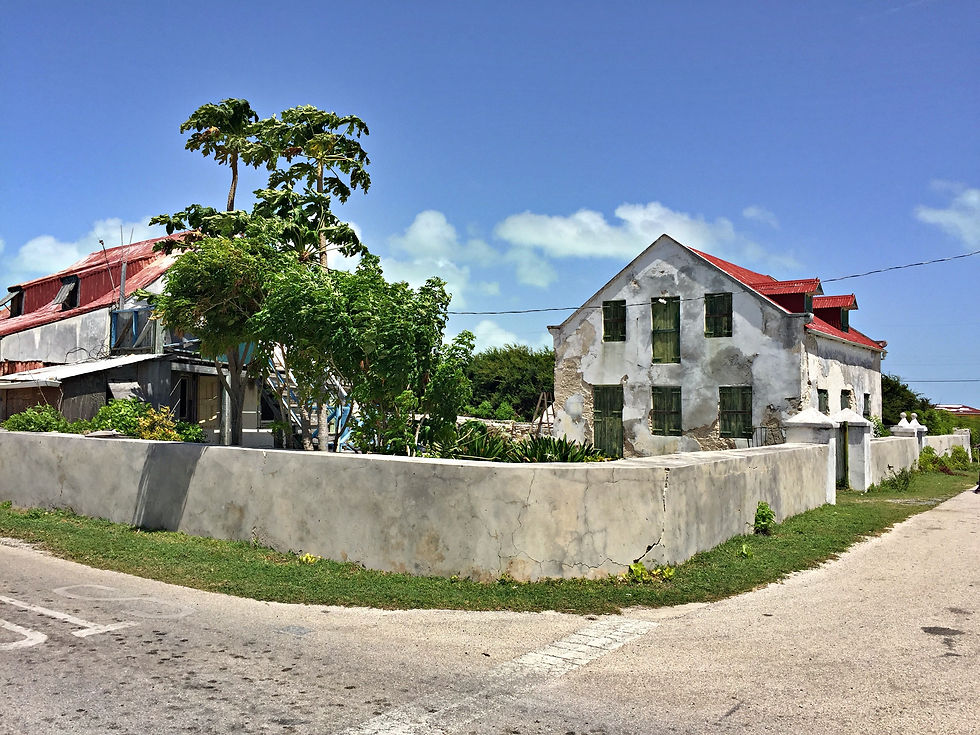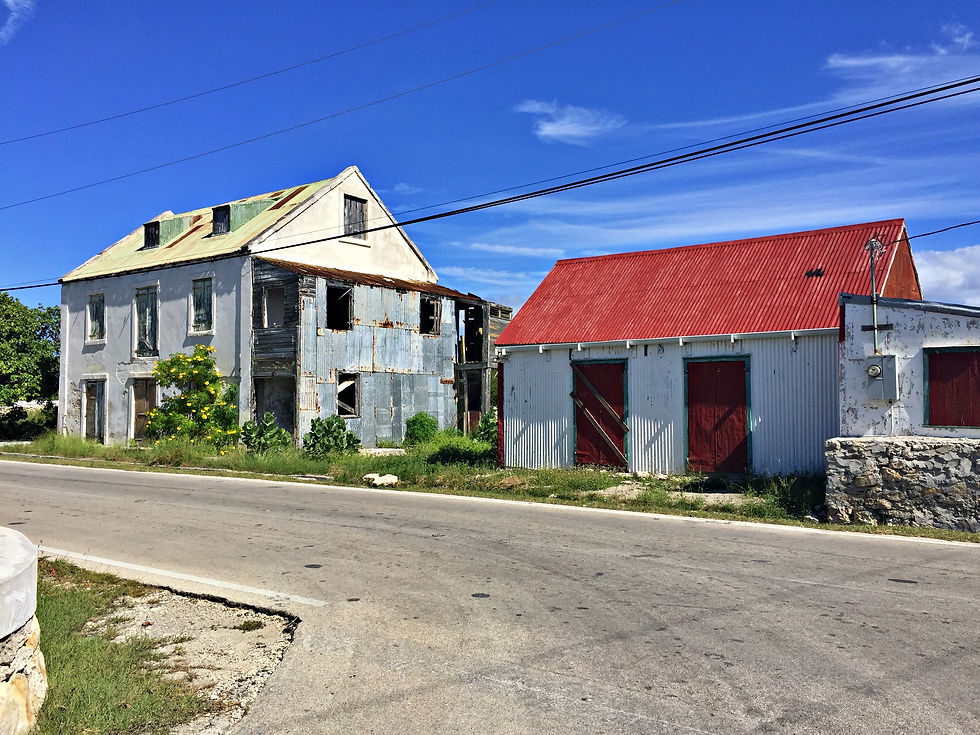Nevins
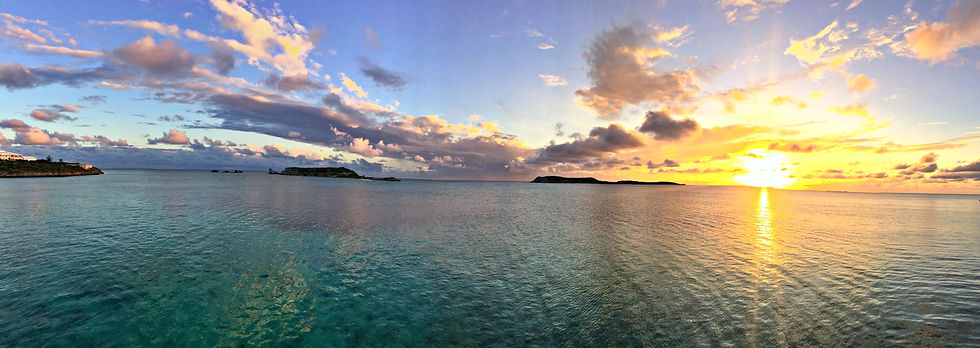
Turks & Caicos
South Caicos, Turks & Caicos Islands
August - December 2016
I went to South Caicos, for a semester abroad with the School for Field Studies. Our classes focused on marine ecology, resource management, and environmental policy, and during the second half of the semester we also developed a directed research project with a small research group. My three group members and I each focused on a different aspect of the ecology of Christmas tree worms, Spirobranchus giganteus.
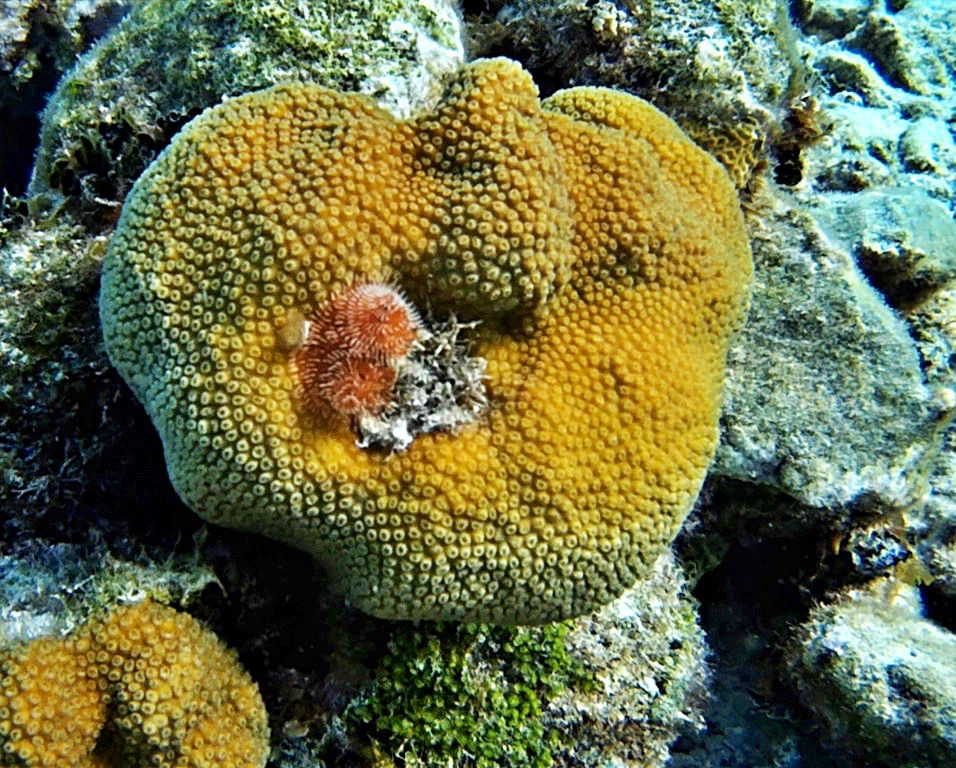
Golden coral head with two orange Christmas tree worms (Spirobranchus giganteus) emerging.
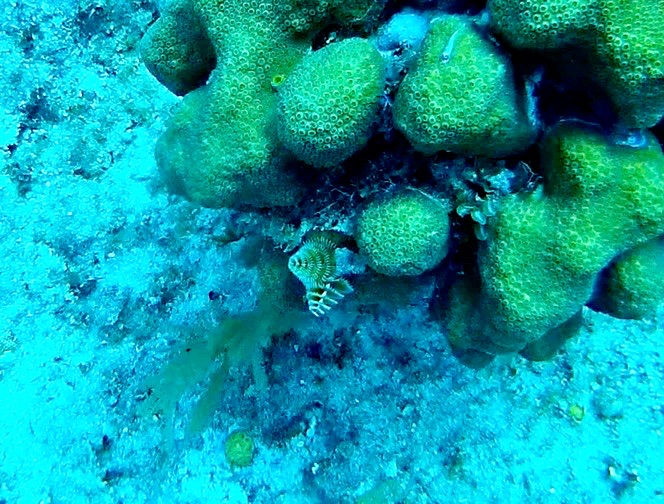
Multi-lobed coral head with a tan Christmas tree worm emerging near the bottom.

Multi-lobed coral head with a brown and white Christmas tree worm emerging.

Golden coral head with two orange Christmas tree worms (Spirobranchus giganteus) emerging.
Christmas tree worms are polychaete worms, which settle onto the surface of corals and built calcareous tubes, where they live the rest of their lives as the coral grows around them. They are distributed worldwide on both tropical and subtropical reefs, but many aspects of their ecology are still poorly understood. I was particularly interested in their responses to predation, as evidence of predation is described in the literature, but active predation on S. giganteus has never been observed. I wondered if, after a perturbation by a predator, the amount of time they stayed retracted in their tubes, their only defense mechanism, would vary depending on how old they were (more experience with predators?), or if their coloration blended in with the surrounding coral (cryptic coloration), or stood out.
I conducted 11 surveys using snorkel and SCUBA equipment on reefs adjacent to South Caicos, at six study sites, two each at depths of 2, 10, and 20m. Using a roving diver/snorkeler technique, I would identify a worm and simulate a predator threat with a gentle wave of the hand. Once the worm retracted, I would time the duration of the retraction, and record the host coral species, color of the worm's visible appendages (the branchial crown), and size of the opening of the calcareous tube, as a proxy for age.
I observed a total of 103 S. giganteus on eight host coral species at all six study sites. When combined across sites based on depth strata, 36 worms were recorded in the 2m stratum, 48 in the 10m stratum, and 19 in the 20m stratum. I found 31 unique color combinations in the worms' branchial crowns, which I eventually simplified to two colormorph categories - predominantly light shades, and predominantly dark shades. Dark colormorph individuals exhibited 30.3% larger tube diameters than light colormorph individuals, suggesting that darker individuals may fair better against predators, but colormorph didn't have a significant relationship with retraction duration.
While host coral species had no significant impact on retraction duration, depth did, and differences in retraction duration were also significant between each depth stratum. Retractions were shortest at the shallow 2m deep sites, median 23.50 seconds, and increased to 33.05 and 58.20 seconds at the 10 and 20m sites, respectively. One possible explanation for this is the availability of suspended particulate matter in the water, which is known to decrease significantly in shallow areas with high wave action. The worms may shorten their retractions in order to maximize their time filter feeding at the more depleted shallow sites.
Civilization





